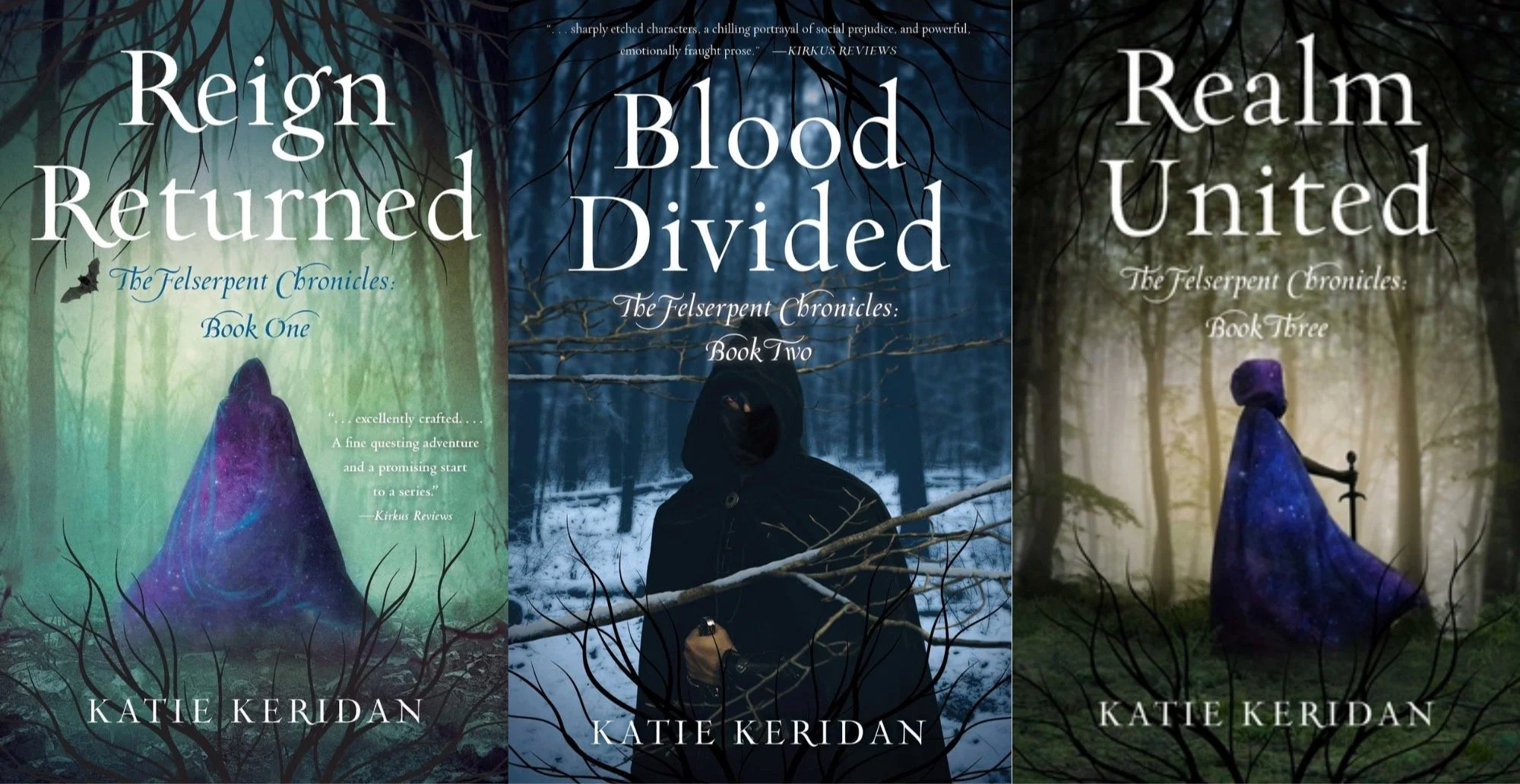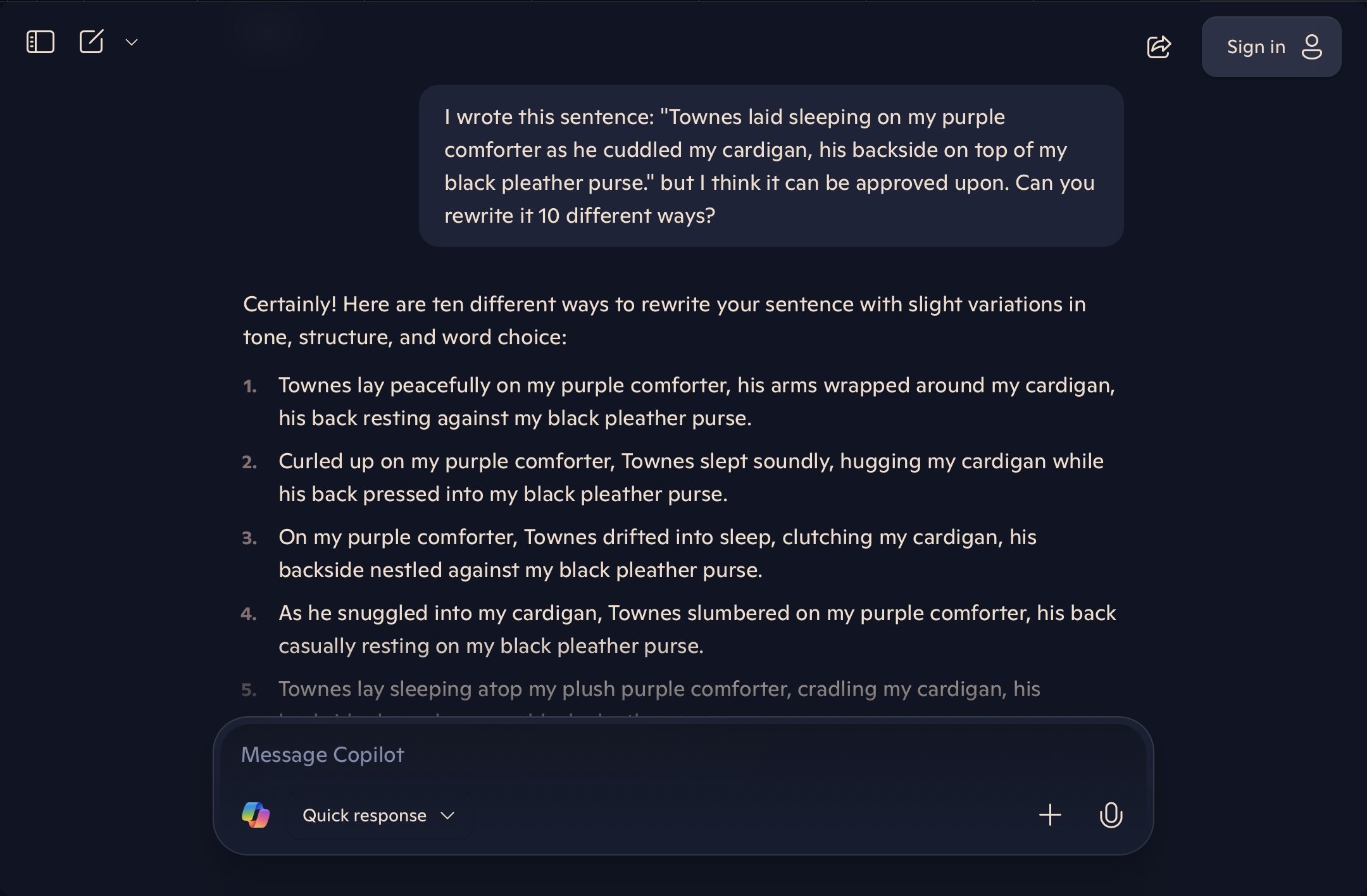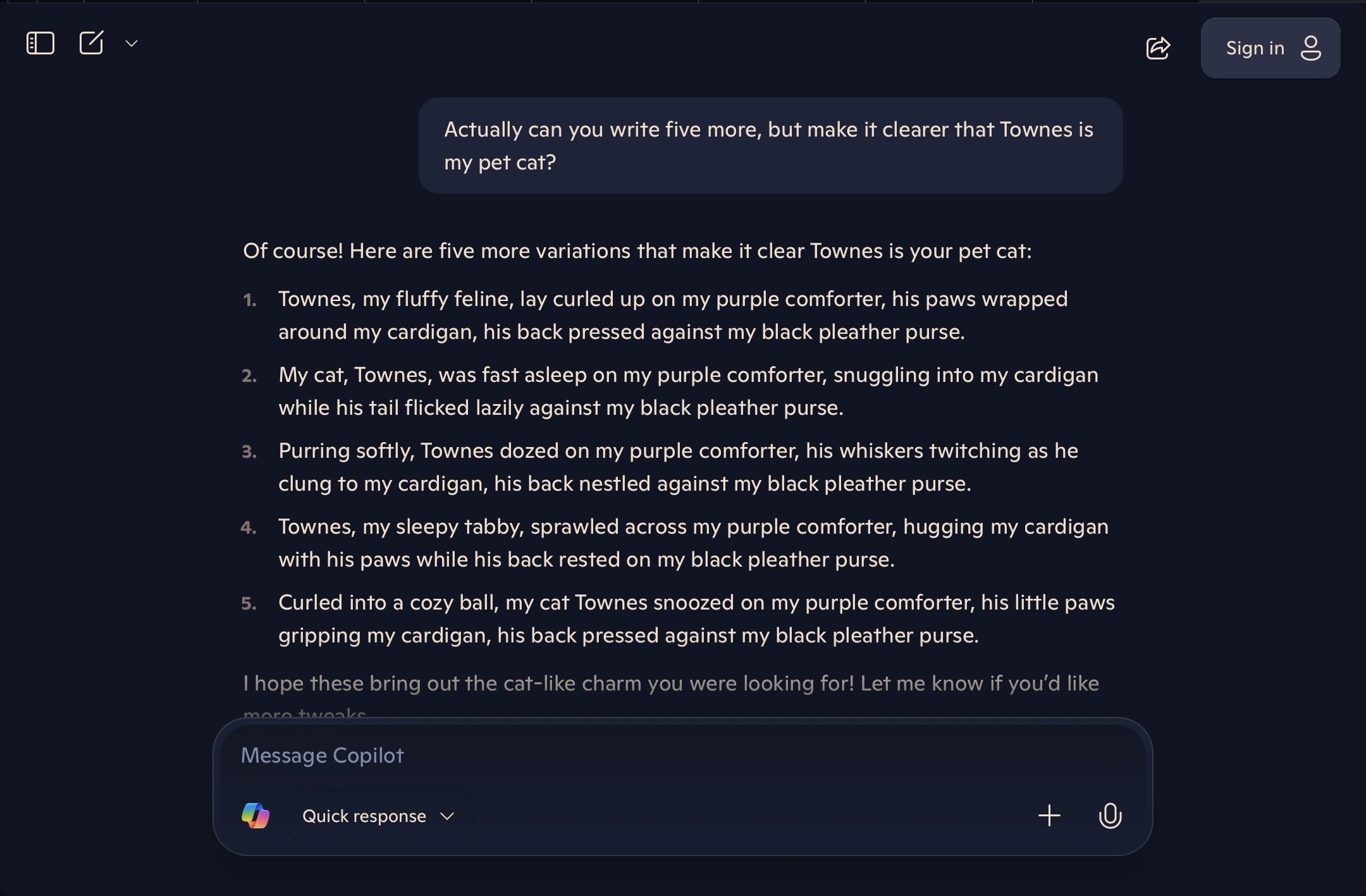2023 National Indie Excellence Award Finalist in YA Fiction ★ 2022 Foreword INDIES Finalist in Young Adult Fiction ★ 2022 Best Book Awards Finalist in Fiction: Young Adult ★ 2022 American Book Fest Best Book Awards YA Fiction Finalist ★ 2023 Reader Views Literary Awards Bronze Award Winner in Young Adult
★
2023 National Indie Excellence Award Finalist in YA Fiction ★ 2022 Foreword INDIES Finalist in Young Adult Fiction ★ 2022 Best Book Awards Finalist in Fiction: Young Adult ★ 2022 American Book Fest Best Book Awards YA Fiction Finalist ★ 2023 Reader Views Literary Awards Bronze Award Winner in Young Adult ★
““𝐏𝐥𝐚𝐜𝐞 𝐨𝐧𝐞 𝐩𝐞𝐛𝐛𝐥𝐞 𝐢𝐧 𝐚 𝐫𝐢𝐯𝐞𝐫 𝐚𝐧𝐝 𝐢𝐭 𝐦𝐢𝐠𝐡𝐭 𝐛𝐞 𝐰𝐚𝐬𝐡𝐞𝐝 𝐚𝐰𝐚𝐲,” 𝐈 𝐬𝐚𝐢𝐝. “𝐁𝐮𝐭 𝐤𝐞𝐞𝐩 𝐩𝐥𝐚𝐜𝐢𝐧𝐠 𝐩𝐞𝐛𝐛𝐥𝐞𝐬 𝐢𝐧 𝐚 𝐫𝐢𝐯𝐞𝐫 𝐚𝐧𝐝 𝐞𝐯𝐞𝐧𝐭𝐮𝐚𝐥𝐥𝐲, 𝐲𝐨𝐮’𝐥𝐥 𝐜𝐡𝐚𝐧𝐠𝐞 𝐭𝐡𝐞 𝐜𝐨𝐮𝐫𝐬𝐞 𝐨𝐟 𝐭𝐡𝐞 𝐫𝐢𝐯𝐞𝐫.””
From the Author:
Kyra Valorian is the most gifted Astral healer the golden-blooded realm of Aeles has seen in ages. When tragedy strikes, Kyra discovers a life-altering truth: she’s a Recovrancer, able to reach into the realm of the dead and bring back those who’ve died before their time. But recovrancy is outlawed, and desperate for answers, Kyra forms an unlikely alliance with Sebastian Sayre—a silver-blooded Pyromancer and feared Daeval assassin chasing a legendary sword lost to his people. As the two navigate forbidden magic, fractured history, and the dangerous tension between their realms, their fates begin to entwine in ways neither expected. What starts as a tactical partnership soon becomes something far more powerful.
This epic fantasy trilogy blends enemies-to-allies tension, slow-burn romance, magical warfare, and a sweeping sense of destiny across all three books. With high stakes and emotional payoff, it’s a perfect fit for readers who love a strong magical system and a romance that grows in the shadow of war.
Our Take:
This award-winning trilogy blends forbidden magic, richly imagined realms, and a high-stakes magical conflict that deepens with every book. The pacing balances action with atmosphere, offering immersive lore, vivid elemental magic, and a central mystery that gradually unravels across the series. With themes of legacy, power, and the cost of rewriting fate, it’s a satisfying read for fans of romantasy and fantasy politics alike—especially those looking for a completed series with strong payoff and a cohesive, sweeping arc.
From A Reader:
“Magical worlds, love that endures throughout time and space, dragons, spells, animal familiars, and the fate of worlds hanging in the balance. This is a truly delightful addition to the fantasy genre. I’m eager for this series to continue so I can find out what happens next.”
Bragging Rights:
★ 2023 National Indie Excellence Award Finalist in YA Fiction
★ 2022 Foreword INDIES Finalist in Young Adult Fiction
★ 2022 Best Book Awards Finalist in Fiction: Young Adult
★ 2022 American Book Fest Best Book Awards YA Fiction Finalist
★ 2023 Reader Views Literary Awards Bronze Award Winner in Young Adult
Additionally, all three novels received excellent write-ups from Kirkus Reviews, and Blood Divided was selected to be featured in their July 2023 issue. Less than 25% of indie authors are featured! Here are some of our favorite quotes from each Kirkus review:
Reign Returned: “…excellently crafted…A fine questing adventure and a promising start to a series.”
Blood Divided: “…sharply etched characters, a chilling portrayal of social prejudice, and powerful, emotionally fraught prose.”
Realm United: “A fantasy novel full of romance, politics, and the quest for identity, sure to appeal to young adults.”
Get your copy today at the links below!







